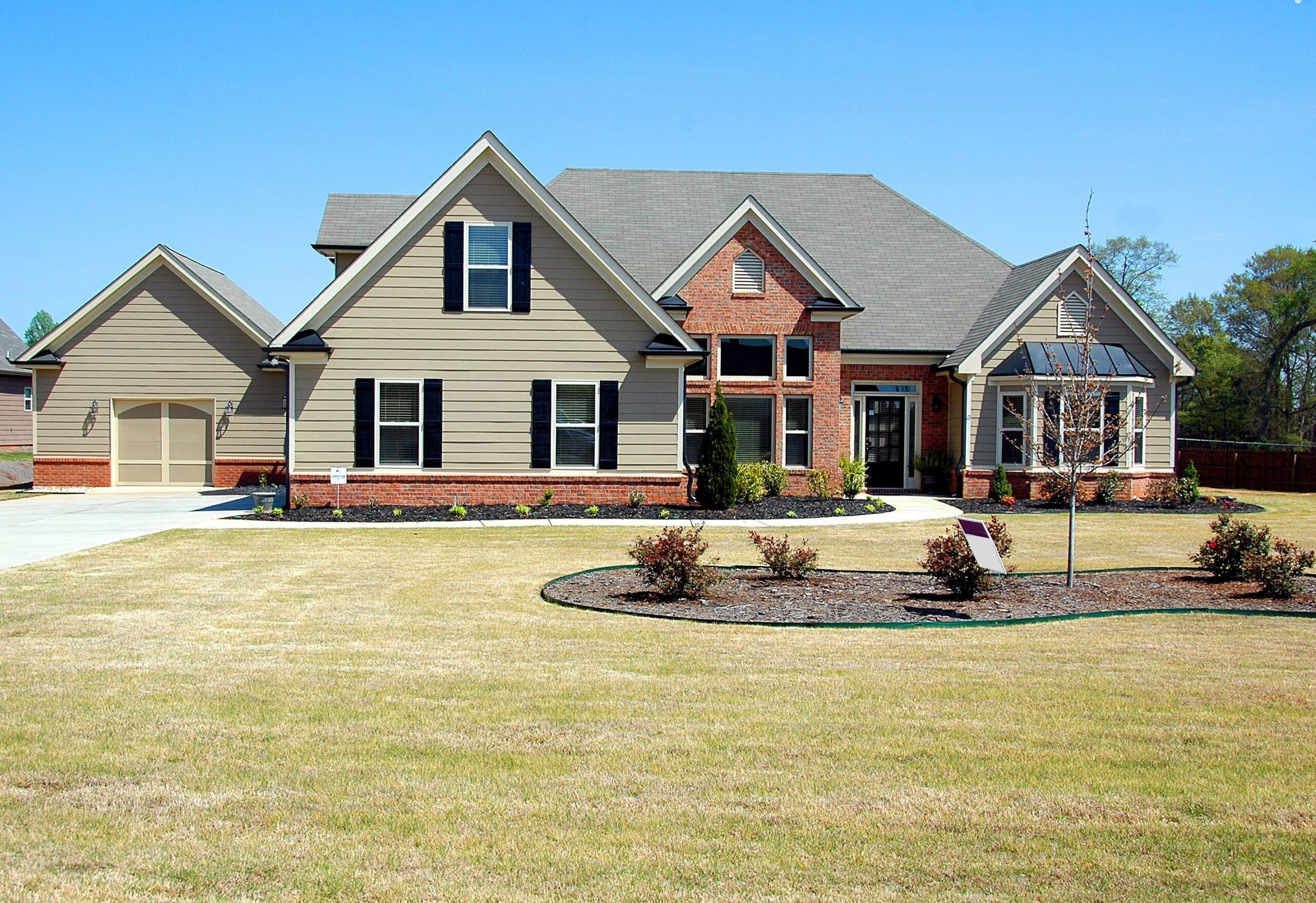Determining your financial readiness for purchasing a house involves considering both the upfront expenses associated with home buying and the ongoing costs that you will need to budget for after the closing.
It is crucial to save for initial expenses, such as the down payment, as well as to prepare your finances for monthly bills and unforeseen homeowner responsibilities.
If you are contemplating homeownership, here is an overview of the costs involved in buying a house.
However, it is important to note that housing prices vary across the United States, and certain regions may have higher costs. According to the Federal Reserve Bank of St. Louis, as of September 2022, the median prices by region were as follows:
- Northeast: $747,000
- Midwest: $399,800
- South: $426,100
- West: $569,200
Unless you are purchasing the house with cash, you will not pay for the entire cost upfront. Nevertheless, you will need some available funds when you finalize the sale, the exact amount being relative to the total purchase price of the home.
One-time costs associated with buying a house:
Down payment: Estimated cost: On average, 6%-7% of the purchase price (for first-time buyers) The down payment is a significant aspect to consider when contemplating homeownership. The good news is that a 20% down payment allows you to avoid mortgage insurance. However, it is important to note that a 20% down payment is not mandatory. The National Association of Realtors reported that in 2021, first-time buyers had an average down payment of 7%, while repeat buyers had an average down payment of 17%.
Depending on the type of home loan, the down payment could be as low as 3% for conventional loans, 3.5% for FHA loans, 0% for VA loans (available to service members and veterans), and 0% for USDA loans (available in rural areas). Finding a balance between a feasible down payment and your desire to become a homeowner sooner is crucial. Additionally, exploring local and state assistance programs can provide assistance in the down payment department.
Closing costs: Estimated cost: 2%-6% of the loan amount Closing costs encompass fees paid to lenders and third parties during the finalization of a real estate transaction. Essentially, they are part of the expenses incurred on the day you sign the paperwork and receive the keys to the house. While the buyer is typically responsible for most closing costs, the seller may cover certain fees, such as the real estate agent’s commission and real estate transfer taxes.
Generally, closing costs range from 2% to 6% of the loan amount. For example, on a $350,000 home loan, closing costs can amount to $7,000 to $21,000.
Closing costs may include various components, such as lender fees (e.g., origination, application, credit check), prorated property taxes, homeowners insurance, homeowners association fees, home inspection (recommended but optional), appraisal, real estate attorney fees, title search and insurance fees, and discount points. Government-backed loans may also involve additional costs such as upfront mortgage insurance for FHA loans and funding fees for VA and USDA loans.
When you receive preapproval for a home loan, you will receive an official Loan Estimate that outlines all the closing costs. This document will clarify which costs can be negotiated and which are fixed.
Moving: Estimated cost: Under $2,500 for most local moves; higher for longer distances or larger loads Relocating incurs expenses, whether it is a local move or a long-distance one. While hiring professional movers may be more costly, the convenience might justify the price. According to HomeAdvisor, local moving costs typically range from around $900 to $2,500 when employing two professionals and renting a truck. Costs increase for longer distances, such as out-of-state moves, which can surpass $6,000.
Additional services like packing, unpacking, furniture assembly, or moving bulky items (e.g., piano, swingset) can raise the costs. It is worth noting that moving costs tend to be higher during periods of high demand, such as summer weekends.
Alternatively, if you choose to handle the move yourself, your out-of-pocket expenses will be lower, although you still need to budget for packing materials like boxes and tape.
Ongoing homeowner expenses
Mortgage payments: Cost varies; the national median is $1,672 per month As a homeowner, your mortgage payment will likely be the most substantial ongoing expense. This payment includes both the principal (the amount borrowed to purchase the home) and the interest. Typically, your mortgage payment remains unchanged over time (unless you have an adjustable-rate mortgage or decide to refinance). However, the proportion of the payment allocated to principal and interest will change over the life of the loan, a process known as amortization.
To reduce monthly mortgage payments, you can either purchase a less expensive home or compare multiple mortgage lenders to secure the best interest rate. Even slight differences in interest rates can result in significant savings over the life of the loan.
Property taxes: Cost varies; the national average is 1.08% of property value Property taxes are usually due once or twice a year, and their specific regulations and policies vary by state and county. It is advisable to research local tax information to determine if a particular town or neighborhood fits within your budget. Property taxes can increase if local governments require additional funds for municipal projects or expenses, or if the assessed value of your home rises due to renovations or market conditions.
Many homeowners choose to have their mortgage servicers handle property tax payments through an escrow account. Consequently, if property taxes increase, your monthly mortgage payment will also rise to cover the additional tax amount.
Homeowners and hazard insurance: Cost varies; the average is $1,784 per year Homeowners insurance costs vary based on the state, region, and specific risk factors such as floods and earthquakes. On average, homeowners insurance is estimated to cost around $1,784 per year. Hazard insurance, typically included in homeowners insurance policies, is influenced by the risk factors prevalent in your area.
If you make a down payment of less than 20% on a conventional loan, you will need to pay private mortgage insurance (PMI) to protect the mortgage lender in case of default. PMI costs range from 0.58% to 1.86% of the original loan amount annually. However, once you have at least 20% home equity, you can cancel mortgage insurance.
Different rules apply to FHA loans, where you pay an upfront mortgage insurance fee at closing, along with monthly mortgage insurance payments ranging from 0.45% to 1.05% of the loan amount. If your down payment is less than 10% on an FHA loan, mortgage insurance lasts for the loan’s entire life unless you refinance to a conventional loan or sell the home. VA and USDA loans do not require mortgage insurance, but they have one-time funding fees.
HOA, co-op, or condo fees: Cost varies; the national average is $331 per month If you are purchasing a house in a planned development with a homeowners association or buying a condo or co-op, you may have a monthly HOA fee on top of your mortgage payment. This fee covers shared amenities, maintenance, repairs, and other services related to the building or community spaces.
Utilities and maintenance: Cost varies; at least $450 per month for essential services Some monthly bills, such as Wi-Fi, may not differ significantly from renting. However, others, such as heating and cooling a whole house, can be more expensive than maintaining a one-bedroom apartment.
As a homeowner, your essential utility bills may include:
- Electric
- Gas
- Water and sewer
- Trash and recycling
- Home internet/Wi-Fi
According to the Federal Reserve Bank of St. Louis, the average monthly cost for electricity, heating, and cooling was $311.69 for urban consumers in September 2022. The average water bill is around $83 per month, as per the Environmental Protection Agency. Trash and recycling costs can range from $15 to $100 per month, depending on your location. Home internet bills typically range from $36 to $58 per month, based on the 2022 Broadband Pricing Index.
Additionally, you may want to allocate funds for routine maintenance tasks that were previously the landlord’s responsibility, such as snow removal, yard care, or HVAC tune-ups.
Home emergency fund: Recommended amount is at least 1% of your home’s value each year It is advisable to create an emergency fund specifically for home-related expenses, such as unexpected appliance breakdowns or plumbing issues. Having savings set aside for unforeseen household expenditures helps avoid dipping into your emergency savings or relying on credit card debt.
To build a long-term household maintenance and repair fund, it is recommended to save at least 1% of your home’s market value each year. This fund provides financial protection against unexpected home repair costs.
Remember, these cost estimates are general guidelines, and the actual amounts can vary based on factors like location, property value, loan type, and individual circumstances. It’s essential to research and consult with professionals in your area for more accurate estimations.

